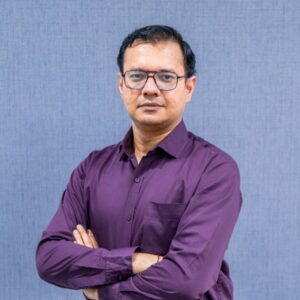
At the heart of a quiet residential neighborhood, the Fairfield Day Academy has become a sanctuary for children undergoing developmental treatment. The academy, operated mostly by volunteers, has a unique approach to therapy that emphasizes the importance of community and collaboration. Despite lacking coverage from insurance providers like Blue Cross, families are drawn to the academy for its innovative methods and supportive environment.
Dr. Bob, the academy’s only full-time staff member, leads a team that includes speech and physical therapists. Most of the daily support comes from mothers volunteering their time. As Dr. Bob often states, these mothers have “less to unlearn than the professionals,” highlighting their understanding of their children’s needs. Among the families are Emma and her daughters, Carla and Catherine, who have found hope and progress through the academy’s programs.
Emma’s journey at the academy began when she recognized the potential for improvement in her daughter Carla, who had been diagnosed with developmental delays. The academy provided a space where children could engage in therapy that included activities like patterning therapy and sessions in the Listening Circle, where they learned to identify sounds. Emma noted that Dr. Bob was the first medical professional to believe in Carla’s ability to improve.
Carla’s progress was evident as she began attending the academy three times a week. Initially hesitant to speak, she eventually started forming sentences, marking a significant milestone for her family. Emma recalled a pivotal moment when Carla approached her and asked, “I’m tired of watching TV, can we go outside?” This breakthrough shifted the family’s dynamic and illustrated the transformative power of the academy’s approach.
To afford the tuition, Emma contributed by addressing envelopes, but it was not enough. The family took out a second mortgage and borrowed from friends to ensure Carla could continue receiving treatment. Despite the financial strain, the benefits of the academy were clear.
Catherine, Emma’s older daughter, struggled with her feelings toward Carla. While she was independent and responsible, she often felt overwhelmed by the differences between her and her sister. The tension was compounded by bullying from peers who taunted Catherine about Carla’s condition. Emma’s efforts to support both daughters involved navigating complex family dynamics and societal perceptions of disability.
In an effort to bond with Catherine, Emma allowed her to adopt a stray cat, which became a point of connection between mother and daughter. However, the cat disappeared, reflecting the transient nature of childhood connections. Meanwhile, Emma worked to provide Catherine with a sense of normalcy, encouraging her to explore her interests outside the family dynamic.
As the years progressed, Catherine’s memories of Milford began to blur. She recalled moments from her childhood, including drives with her family, picnics, and games with neighborhood children. Yet, her experiences at school were marked by challenges, particularly as she navigated friendships and peer relationships.
Catherine’s struggles intensified as she moved through elementary school. She often felt isolated, particularly when her peers excluded her from their social circles. In search of belonging, she began slipping away during lunch to a nearby diner, where she could escape the pressures of school and feel anonymous.
Through her experiences at the Fairfield Day Academy and the challenges at school, Catherine learned resilience and independence. The academy not only supported Carla’s development but also shaped the lives of those around her, fostering a community where families could come together and share their journeys.
The story of Emma, Carla, and Catherine exemplifies the profound impact of community support on families facing challenges. As they navigate their unique circumstances, the bonds formed at Fairfield Day Academy reflect the strength found in shared experiences and the collective pursuit of growth and understanding.







